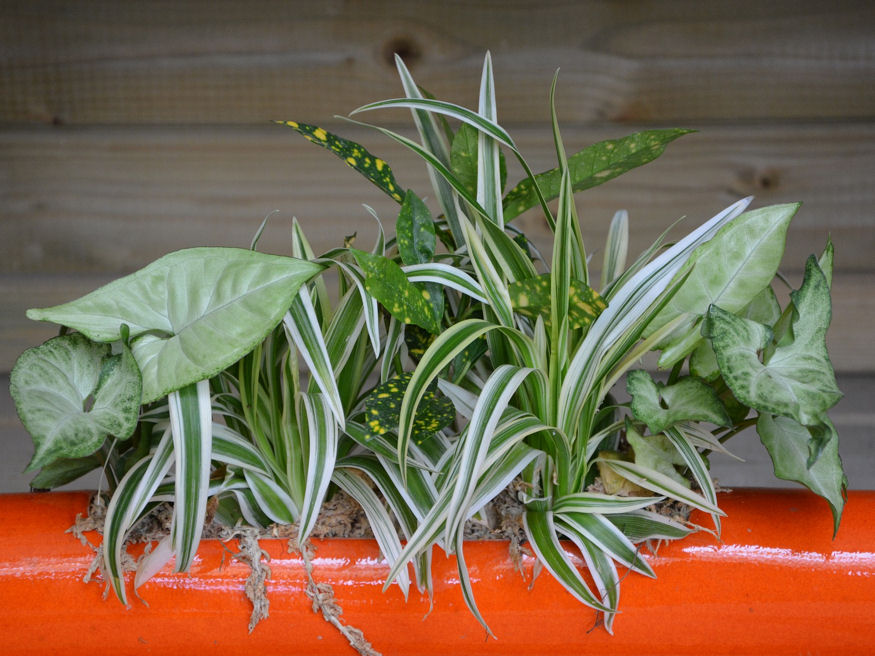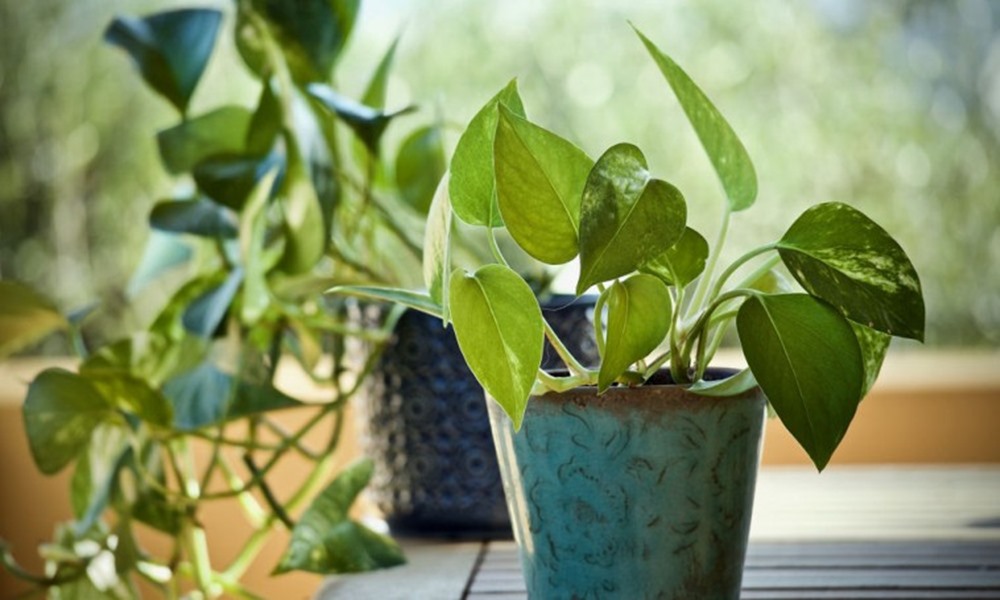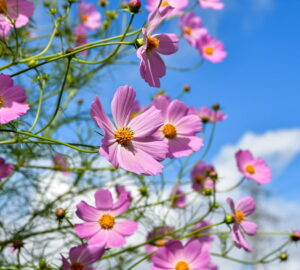Caring for your indoor plants isn’t just about decoration; it’s a commitment to nurturing life within your home. To ensure your houseplants thrive, this article will provide you with essential tips and tricks to maintain their health and beauty. From the right soil to watering techniques, we’ve got you covered.
Plant Care: Creating a Natural Habitat
Houseplants come in all varieties, some resilient and others demanding. Some even venture outdoors in the summer. However, it’s crucial not to use garden soil for your potted plants, as it may introduce harmful bacteria to the indoor environment. Instead, opt for sterile, suitable potting soil available at specialist shops.
Combat Dry Air: Maintain Optimal Conditions
Central heating can dry out the air, impacting your plants. Combat this by regularly spraying your houseplants with water, about once a week. Additionally, dusting your plants and wiping their shiny leaves with glycerin will enhance their appearance and prevent dust buildup. A 1:1 mixture of milk and water can also serve as an effective leaf polish.
Grouping for Success: Improving Humidity
Indoor plants benefit from being placed in groups, especially in dry conditions. It’s essential that the plants in a group share similar light, heat and water requirements. This arrangement helps create a microclimate, providing higher humidity levels that many houseplants thrive in.

Soil Enrichment: Nourish Your Plants
Achieve soil loosening and better growth for ferns by mixing cold tea, boiled tea leaves and coffee grounds with potting soil. Another helpful tip is using egg-cooking water as a natural plant food. Prior to potting your plants, place gravel or pot debris at the bottom of the pots to improve drainage and root ventilation.
Transplanting and Feeding: A Delicate Process
When you’re introducing new compositions or transplanting, give your plants a few weeks to adjust and ensure they’re healthy before feeding them. Avoid feeding the transplanted plant for 2-3 months to allow the roots to establish themselves in the new soil.

Watering Techniques: Nourishing Your Green Friends
Ensure you use still water for watering your plants, as water that’s too hot or cold can harm them. Let tap water stand overnight to allow harmful substances to evaporate or precipitate, making it safe for your plants.
Going Away? Prepare Your Plants
Before leaving for an extended period, add a few centimeters of water to the plant saucers and place the pots on a layer of thick towels. This way, your plants can absorb the water they need. Another clever method is using a hemp twine, with one end in the pot and the other in a bucket placed higher than the plant. This allows plants to draw water as needed.

Drip-Free Hanging Baskets: Ice Cubes Trick
If you’re concerned about your hanging flower baskets dripping water, try placing one or two ice cubes on the soil. Be cautious, as extreme cold can damage your plants, but this method can provide a slow and steady source of hydration.
Stale Tea for Extra Care
Occasionally watering your plants with stale tea can benefit them. However, avoid doing this too often, as excessive tannic acid can harm your plants. This method can be particularly helpful for certain plant varieties that thrive in acidic conditions.
Maintain the Green Elegance: Your Plants Deserve the Best
In conclusion, your houseplants are more than just decorative elements; they’re living companions. By following these guidelines, you can ensure they thrive and enhance your home’s atmosphere. From creating a suitable habitat to smart watering techniques, your indoor greenery will flourish, adding beauty and freshness to your space.









